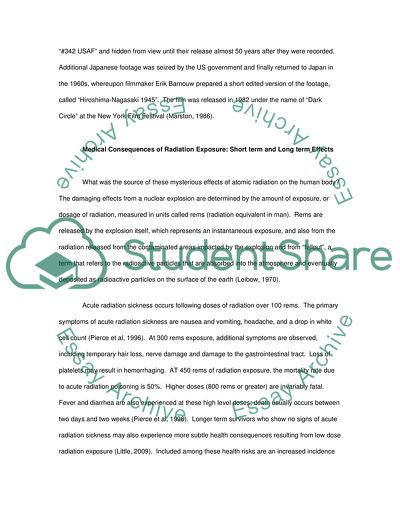Cite this document
(Lessons to Be Learned From Hiroshima and Nagasaki 1945 Coursework Example | Topics and Well Written Essays - 1500 words, n.d.)
Lessons to Be Learned From Hiroshima and Nagasaki 1945 Coursework Example | Topics and Well Written Essays - 1500 words. https://studentshare.org/health-sciences-medicine/1730782-hiroshima-and-nagasaki
Lessons to Be Learned From Hiroshima and Nagasaki 1945 Coursework Example | Topics and Well Written Essays - 1500 words. https://studentshare.org/health-sciences-medicine/1730782-hiroshima-and-nagasaki
(Lessons to Be Learned From Hiroshima and Nagasaki 1945 Coursework Example | Topics and Well Written Essays - 1500 Words)
Lessons to Be Learned From Hiroshima and Nagasaki 1945 Coursework Example | Topics and Well Written Essays - 1500 Words. https://studentshare.org/health-sciences-medicine/1730782-hiroshima-and-nagasaki.
Lessons to Be Learned From Hiroshima and Nagasaki 1945 Coursework Example | Topics and Well Written Essays - 1500 Words. https://studentshare.org/health-sciences-medicine/1730782-hiroshima-and-nagasaki.
“Lessons to Be Learned From Hiroshima and Nagasaki 1945 Coursework Example | Topics and Well Written Essays - 1500 Words”. https://studentshare.org/health-sciences-medicine/1730782-hiroshima-and-nagasaki.


